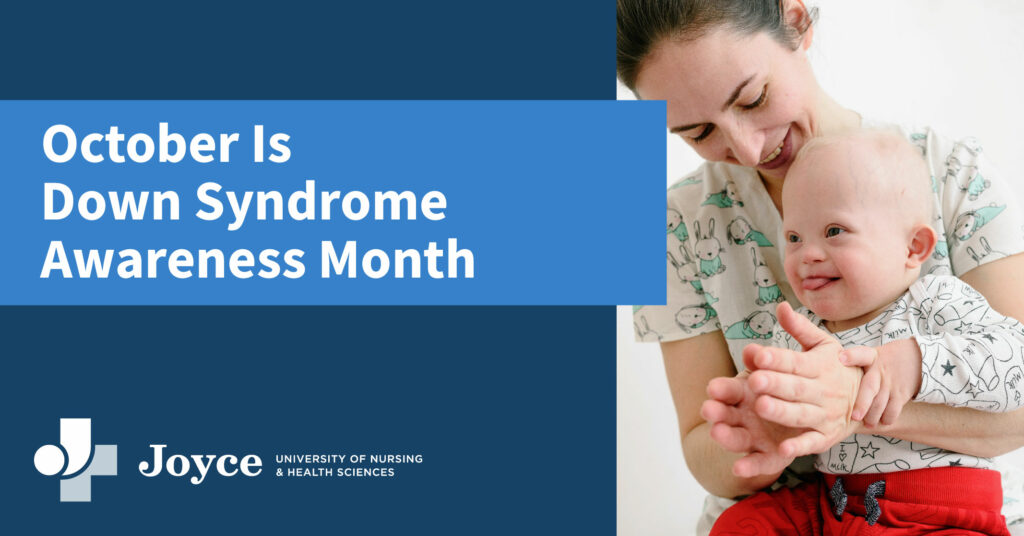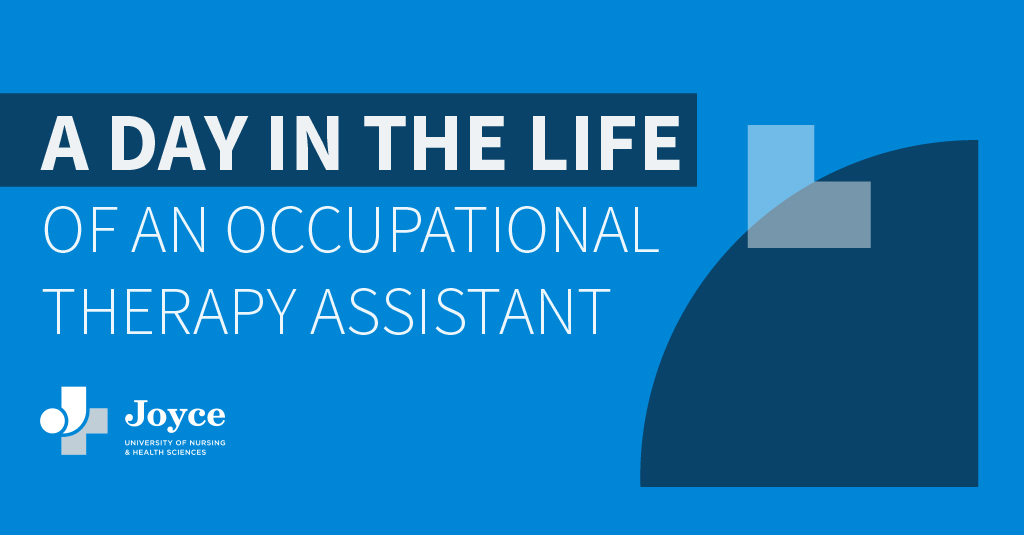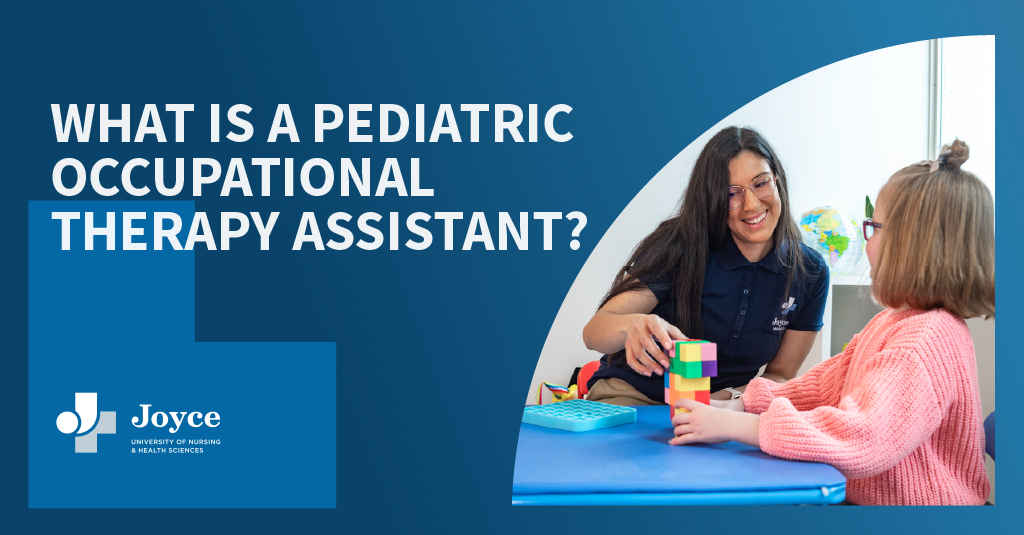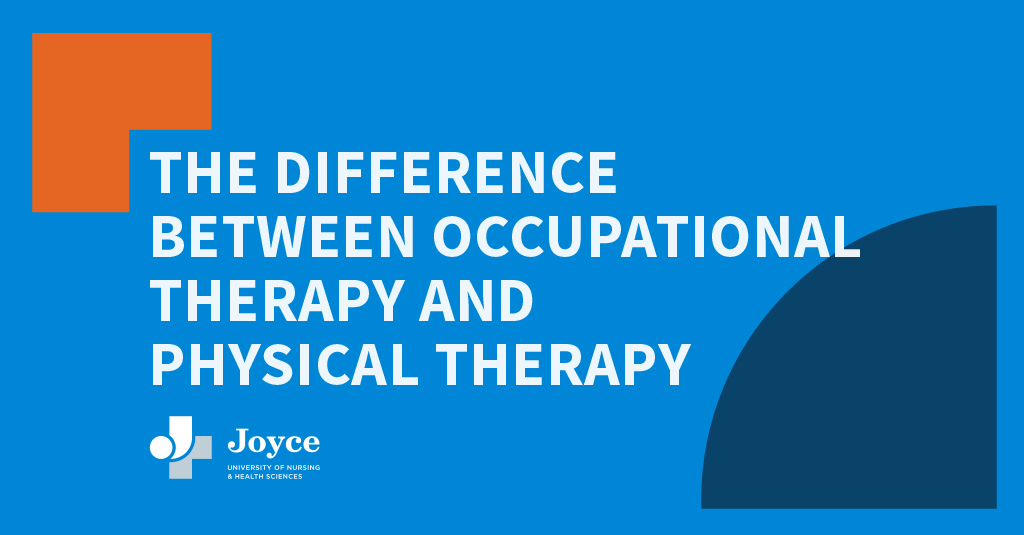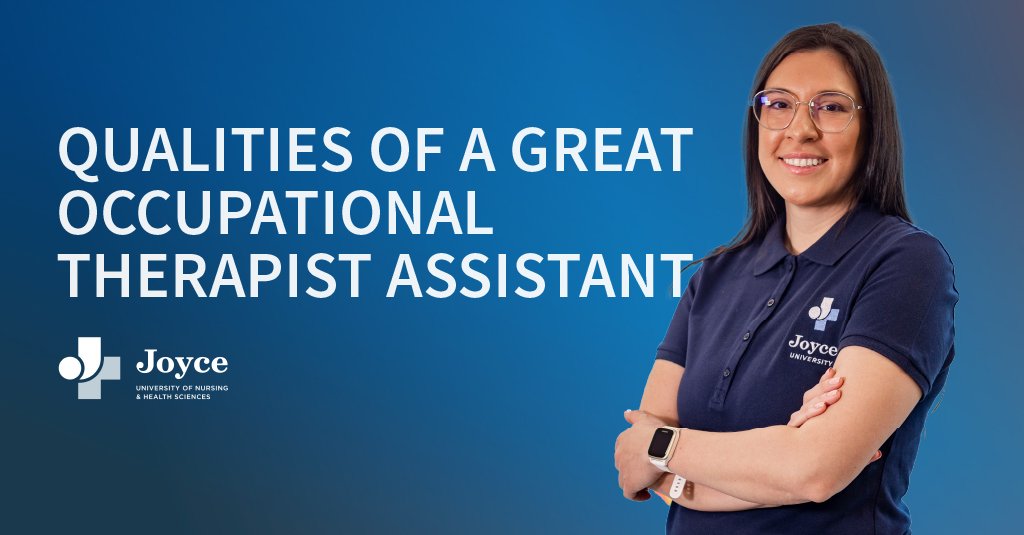Down Syndrome Awareness Month
Staff WriterApr 19, 2022
Occupational therapy assistants deal with a variety of conditions and diagnoses. Down syndrome is one of the most prominent conditions that professionals such as occupational therapy assistants see in their work. The month of October is Down Syndrome Awareness Month. It’s a month dedicated to shedding light on Down syndrome and recognizing that people affected by it can lead fulfilling and active lives.
What is Down Syndrome?
Down syndrome (also known as trisomy 21) is a genetic disorder caused by the presence of an additional chromosome, specifically chromosome 21. Parents of children with Down syndrome are often genetically typical. The additional chromosome appears by chance, and so far no research has confirmed that any factors such as parental lifestyle or activities make Down syndrome more likely. According to NDSS, Down syndrome affects approximately one in every 700 babies in the United States, making it the most common chromosomal condition in the country.
The disorder draws its name from John Langdon Down, a British physician who described it in 1866. However, Down syndrome has probably been with us for all of human history, even though it has only been named in the last two centuries. In the early part of the 20th century, it was standard practice in the United States to institutionalize people with Down syndrome. That practice has fallen away in favor of care in home, schools, and workplaces.
What Down Syndrome Means
Down syndrome manifests itself in different ways in different individuals, but there are some broad, common factors. People with Down syndrome tend to experience delayed physical and cognitive growth, and are more likely to experience other health problems such as leukemia, periodontal disease, and congenital heart defects. Individuals with Down syndrome also express recognizable facial characteristics of the condition, but this is not universal.
While a genetic disorder, the lifespan of individuals with Down syndrome has dramatically increased. In earlier decades, individuals with Down syndrome had dramatically shorter life expectancies, but people affected by it can now live for over 60 years. That means with effective treatment and management, individuals with Down syndrome can live fully actualized lives. This can include employment; many people with Down syndrome are employed in supported environments that can take their condition into account.
The Role of Occupational Therapy and Down Syndrome
Down syndrome doesn’t have a cure. However, it’s possible to increase the quality of life for people who are born with it and to help them manage their symptoms. Occupational therapy’s role with Down syndrome is to enable people who have the disorder to gain the essential skills for daily and independent living. Occupational therapy assistants can help an affected person perform daily tasks and live independently.
Related Resource: What is a Pediatric Occupational Therapy Assistant?
OTA Program
Learn MoreAdmissions
Learn MoreApply Now
Request Info
